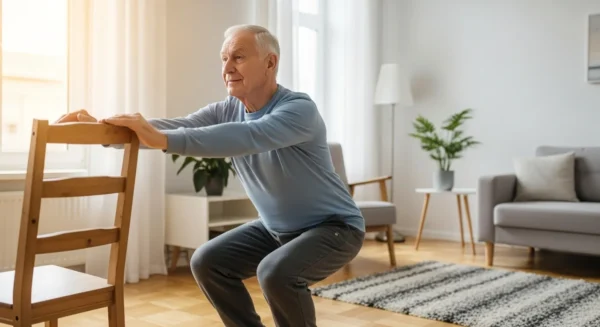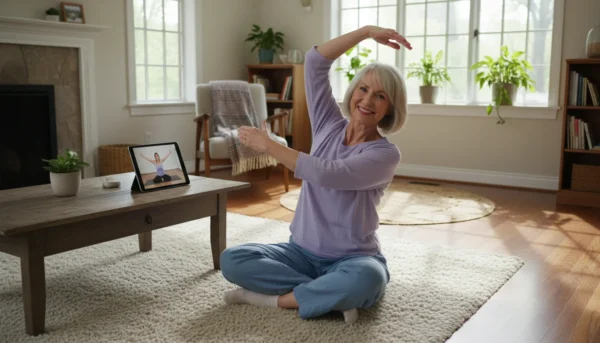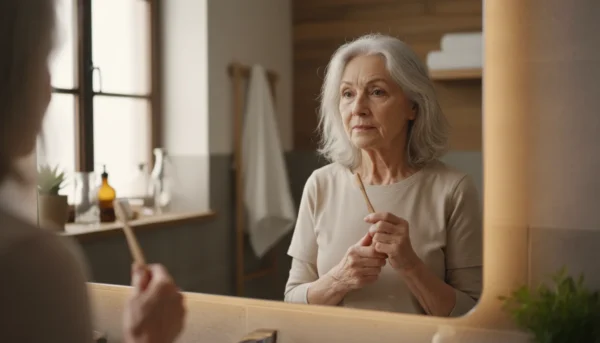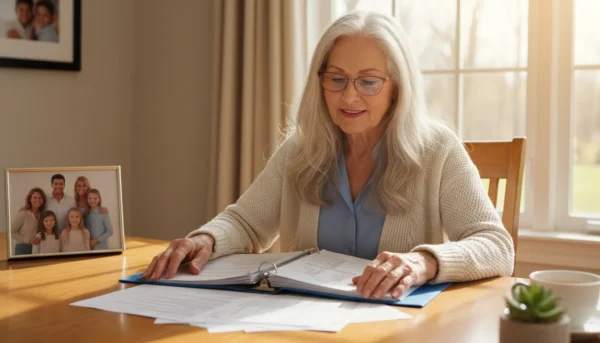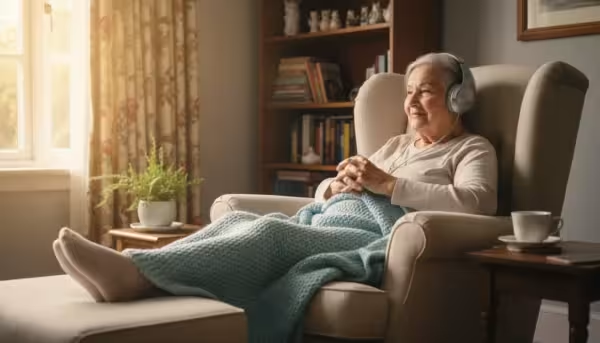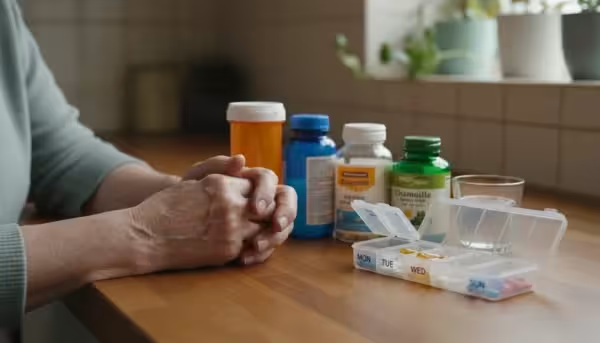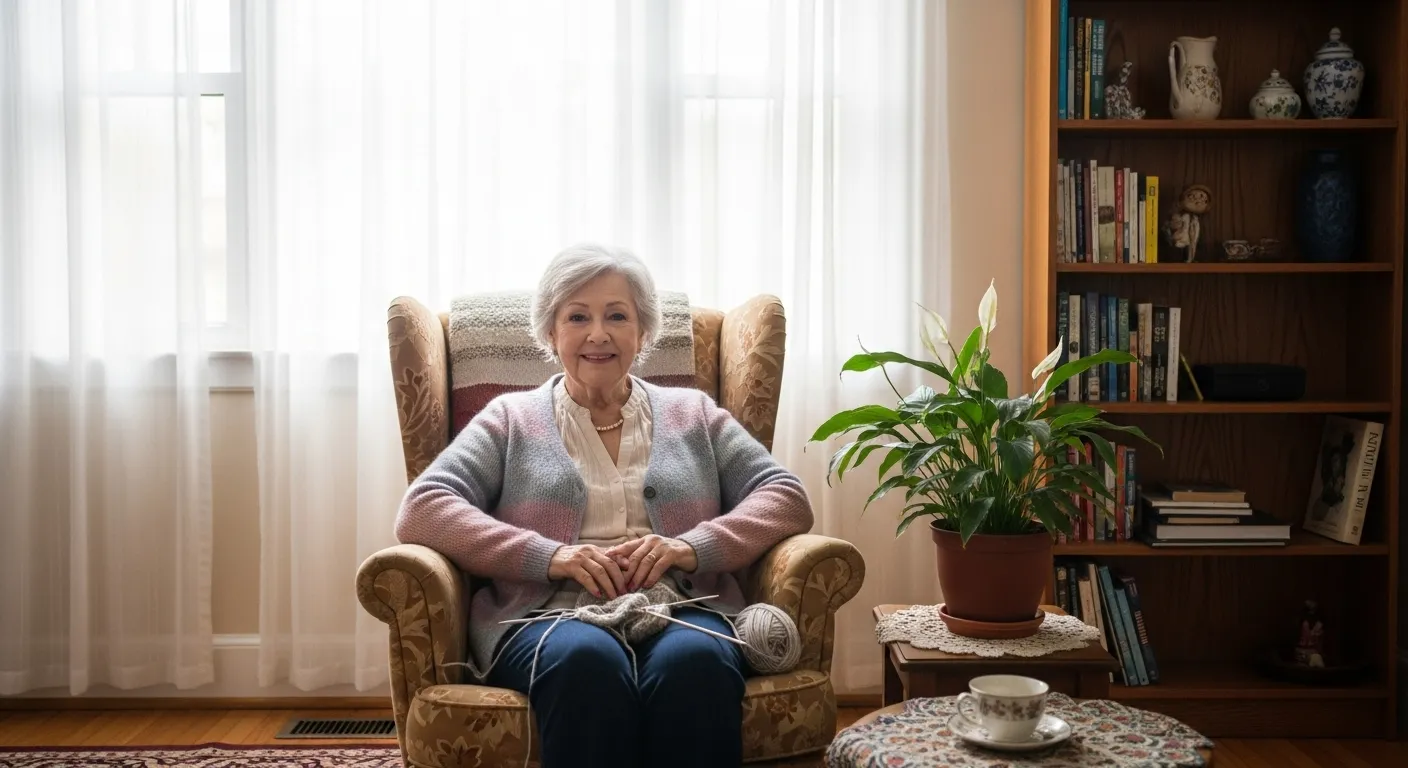
Welcome. As we journey through life, we gather wisdom, stories, and a rich perspective that only time can provide. Your well-being is a treasure, and that includes your mental and emotional health. It’s a common misconception that feeling down, tired, or “grumpy” is just a normal part of getting older. It is not. Your feelings are valid, and your mental wellness is just as important as your physical health.
Depression is a real and treatable medical condition, but it can look different in seniors than it does in younger adults. Sometimes, the signs are subtle and easily mistaken for other age-related changes. Recognizing these signs—in yourself or a loved one—is the first, most powerful step toward feeling better.
This guide is here to help you understand the unique ways depression can show up in older adults. Think of this as a conversation with a trusted health partner. We’ll walk through the signs together, explore why they happen, and discuss simple, supportive steps you can take. You deserve to live a life filled with connection, purpose, and joy.
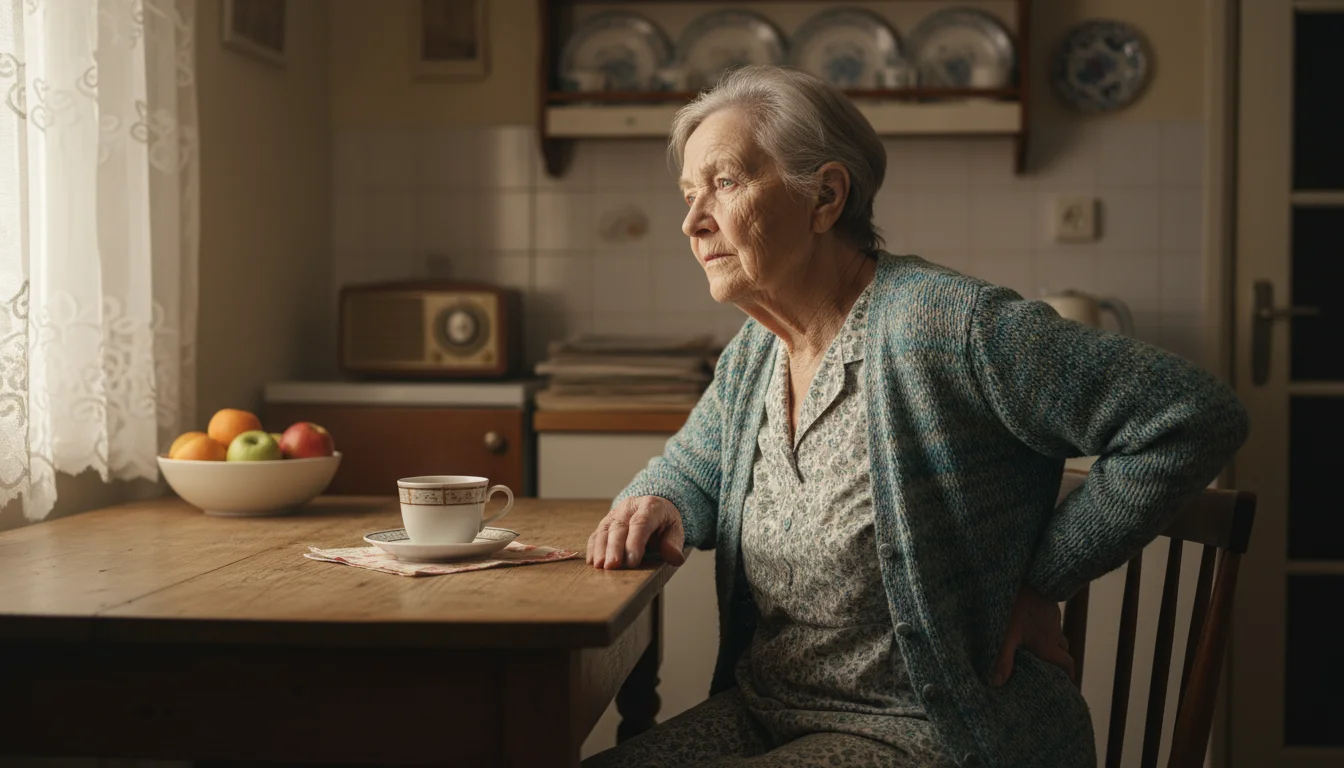
Sign #1: Persistent and Unexplained Physical Aches or Pains
The ‘Why’: The connection between our minds and bodies is incredibly strong. For many older adults, emotional pain from depression doesn’t show up as sadness, but as physical discomfort. This can include chronic headaches, back pain, joint soreness, or stomach problems that don’t seem to have a clear medical cause. Your doctor might focus on treating the pain itself, but if it doesn’t improve, it could be a sign that your emotional health needs attention too. It’s your body’s way of signaling that something is wrong on a deeper level.
The ‘How’:
– Start a simple journal. You don’t need to write a lot. Just a small notepad to jot down when you feel the pain, how intense it is, and maybe a word or two about your mood that day (e.g., “Feeling lonely,” “Felt irritable,” “Felt okay”). This can help you and your doctor see a pattern.
– Be open with your doctor. When you discuss your physical symptoms, be sure to also mention your mood. Try saying, “Along with this back pain, I’ve also been feeling very down and have lost interest in my usual activities.” This gives your doctor the full picture.
– Try gentle movement. With your doctor’s approval, simple activities like gentle stretching, chair yoga, or a slow walk can sometimes ease both physical tension and low moods.
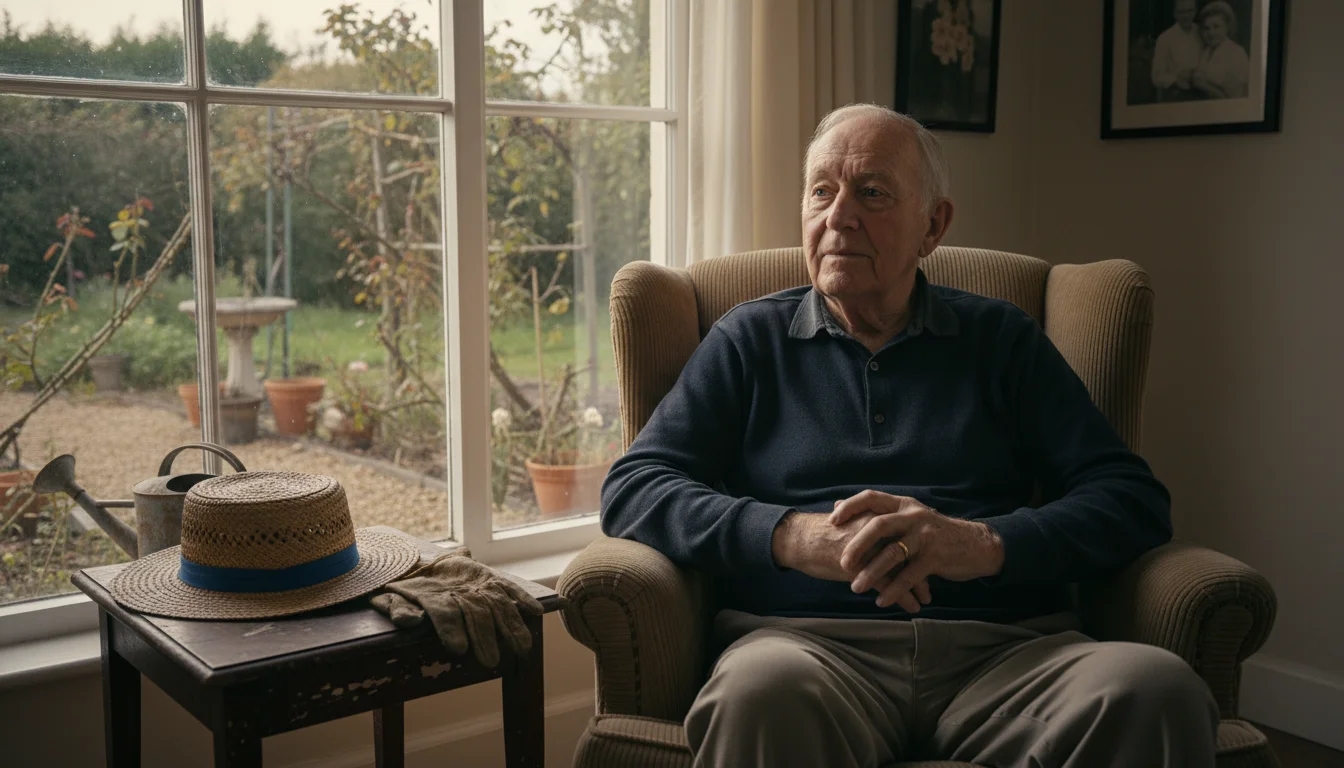
Sign #2: Losing Interest in Hobbies, Friendships, and Activities
The ‘Why’: This is one of the most classic senior depression symptoms, but it’s often dismissed as just “slowing down.” It’s more than that. The clinical term is “anhedonia,” which simply means the inability to feel pleasure. The gardening you once loved now feels like a chore. The weekly card game with friends feels exhausting. When depression takes hold, it robs you of the joy and motivation you used to get from your favorite pastimes, which can lead to social isolation and deepen the feelings of sadness.
The ‘How’:
– Start incredibly small. The goal is not to force yourself to feel happy. The goal is to gently re-engage. If reading a whole book is too much, try reading one page. If a long phone call feels daunting, send a short text to a friend.
– Schedule one small, pleasant activity each day. Think of it as a “wellness appointment.” This could be listening to one favorite song, sitting outside in the sun for five minutes, or looking through an old photo album. The consistency is more important than the size of the task.
– Acknowledge the effort. Give yourself credit for trying. Simply attempting to engage is a victory when you’re struggling with depression.
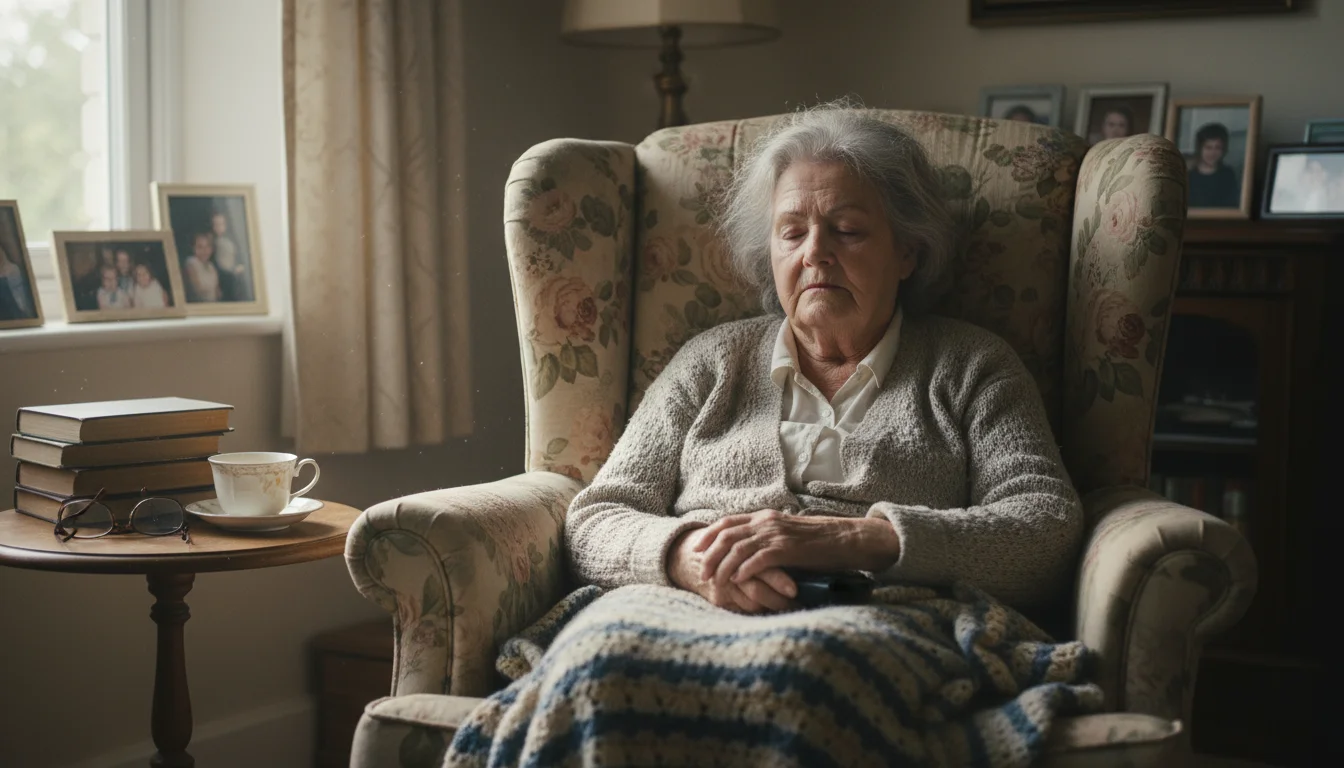
Sign #3: A Major Shift in Sleep Patterns or Energy Levels
The ‘Why’: Depression can wreak havoc on your body’s internal clock. For some, this means profound fatigue—a bone-deep weariness that sleep doesn’t fix. You might feel exhausted all day, even if you haven’t done much. For others, it causes insomnia. You may have trouble falling asleep, or you might wake up in the very early hours of the morning and be unable to fall back to sleep, your mind racing with worries. These are not just normal age-related sleep changes; they are often tied directly to your elderly mental health.
The ‘How’:
– Create a calming pre-sleep ritual. An hour before bed, turn off the news and bright screens. Try listening to calming music, sipping a caffeine-free herbal tea, or doing a simple breathing exercise (inhale slowly for four counts, exhale slowly for six counts).
– If you can’t sleep, get up. Lying in bed feeling frustrated only makes it worse. Get up for 15-20 minutes, go to another room, and do something quiet and relaxing, like reading a magazine under dim light, until you feel sleepy again.
– If fatigue is the problem, seek morning light. Try to get a few minutes of natural sunlight shortly after you wake up. This can help reset your body’s clock and may gently boost your energy and mood.
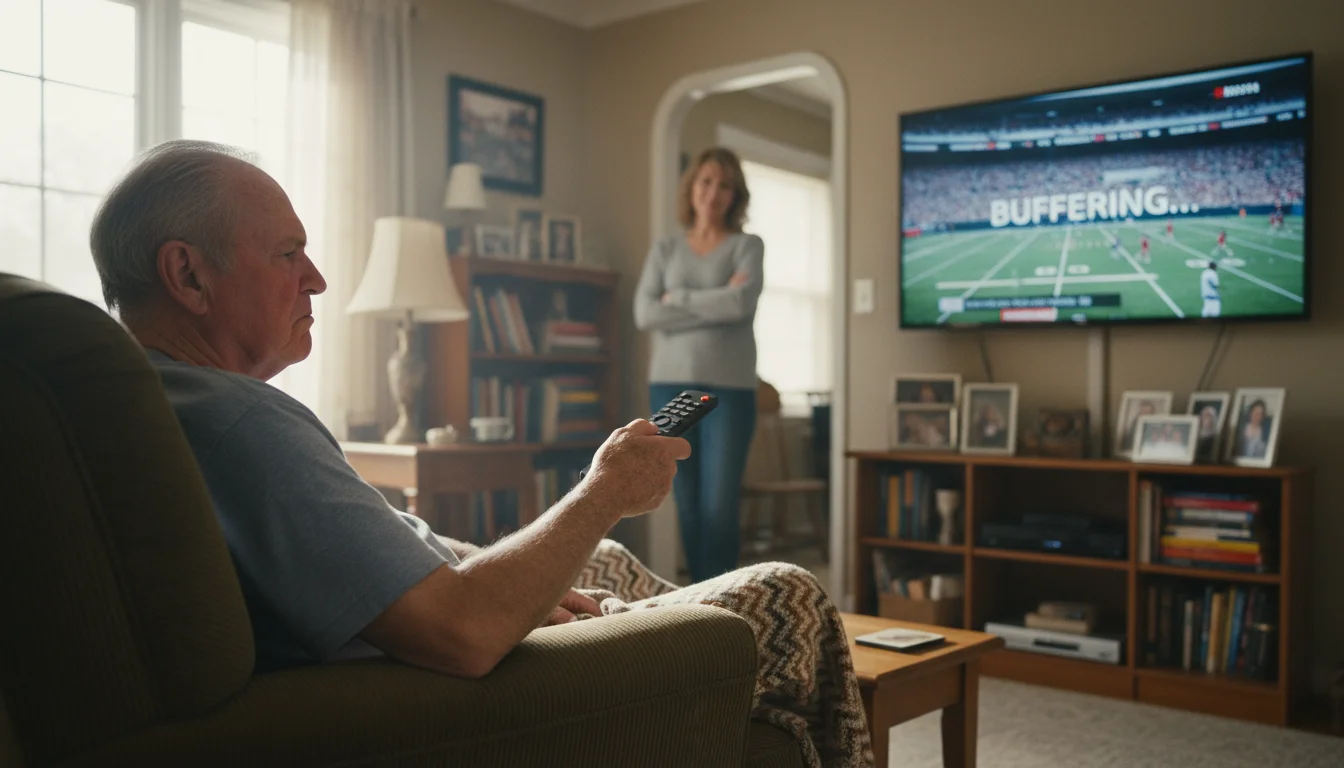
Sign #4: Increased Irritability, Grumpiness, or a Short Fuse
The ‘Why’: We often think of depression as quiet sadness, but in many older adults—especially men—it can show up as anger and irritability. It may be easier or feel safer to express frustration with the world than it is to admit to feeling vulnerable, sad, or empty. This “grumpiness” might be directed at family, caregivers, or even small, everyday annoyances. It’s a defense mechanism, but it’s also a cry for help and a key indicator of underlying emotional distress.
The ‘How’:
– Practice the “pause.” When you feel a wave of anger or irritation rising, try to create a small space before you react. Take one deep breath. Count to ten. This simple pause can give you a moment to choose your response.
– Name the feeling. Silently say to yourself, “I am feeling very frustrated right now.” Acknowledging the emotion without judgment can take away some of its power.
– Look for the feeling *under* the anger. Is it sadness? Fear? Loneliness? Frustration about a physical limitation? Identifying the root cause is a crucial step toward addressing it. Talking it over with someone you trust can be very helpful.
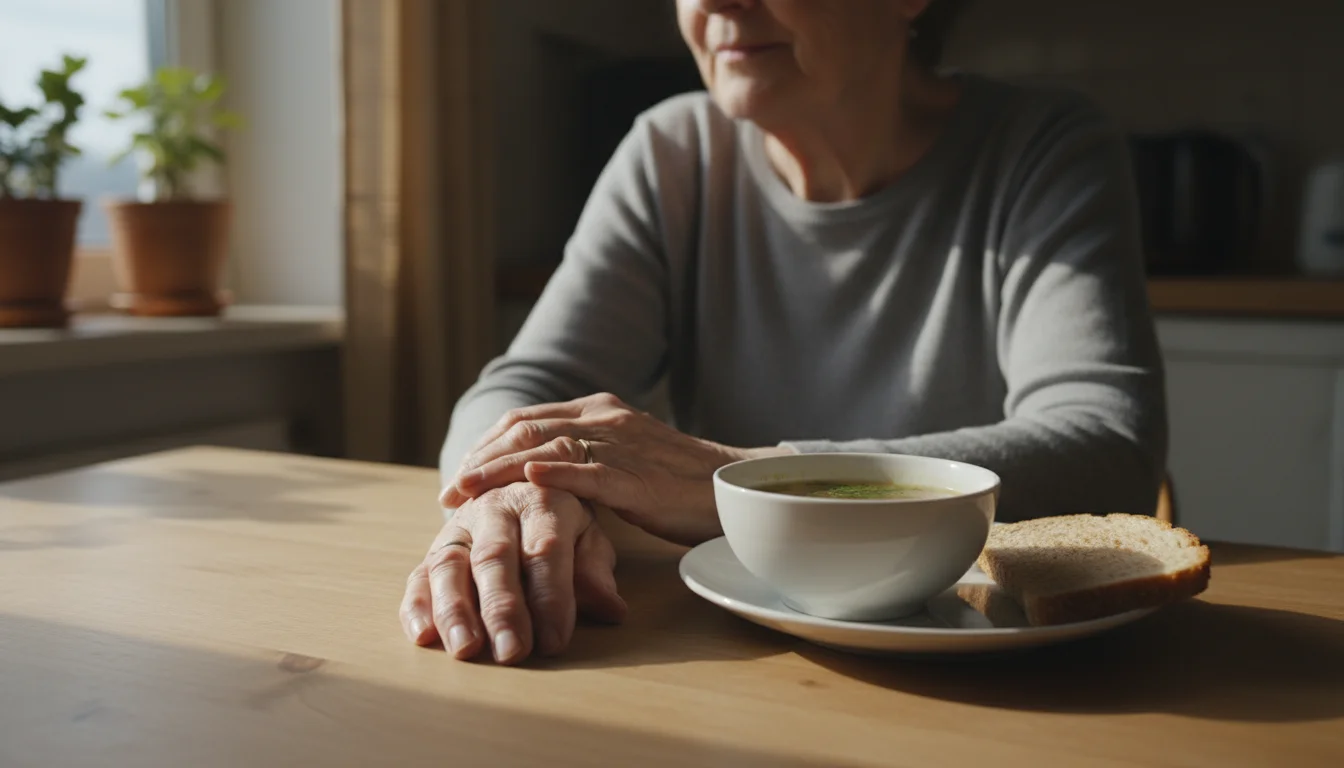
Sign #5: Changes in Appetite or Unexplained Weight Fluctuation
The ‘Why’: Just like sleep, our appetite is closely linked to our mood. For some people, depression makes food seem bland and unappealing, leading to a loss of appetite and unintentional weight loss. This can be dangerous for seniors, as it can lead to nutritional deficiencies and weakness. For others, depression can trigger cravings for high-carbohydrate or “comfort” foods, leading to overeating and weight gain. Either change, when it’s not intentional, is a physical sign that your emotional equilibrium is off.
The ‘How’:
– If you have no appetite: Focus on small, frequent, nutrient-dense meals or snacks. A cup of soup, a piece of cheese, a hard-boiled egg, or a glass of milk can be less overwhelming than a large plate of food.
– If you are overeating: Try to practice mindful eating. Before you take a bite, take a breath. Notice the colors and smells of your food. Eat slowly and without distractions like the TV. Ask yourself if you are eating because of physical hunger or emotional hunger.
– Stay hydrated. Sometimes we mistake thirst for hunger. Sipping on water throughout the day is good for your body and your brain.

Sign #6: Neglecting Personal Care and Household Routines
The ‘Why’: When you are struggling with depression, the energy required for daily tasks can feel monumental. This isn’t about being lazy or “letting yourself go.” It’s a genuine symptom of the illness. The motivation to shower, get dressed, comb your hair, or keep the house tidy can disappear completely. A pile of mail on the table or dishes in the sink might be more than just clutter; it can be a visible sign of a person’s declining mental wellness for older adults.
The ‘How’:
– Break it down into the smallest possible step. Don’t think about “cleaning the kitchen.” Just think about “putting one dish in the dishwasher.” Don’t think about a full shower. Just think about “washing my face.”
– Set one simple goal for the day. For example: “Today, I will change out of my pajamas.” Accomplishing this one small thing can provide a tiny boost to build on tomorrow.
– It’s okay to ask for help. There is no shame in this. Ask a trusted family member or friend for help with a specific task, like grocery shopping or tidying up. People who care about you want to help.
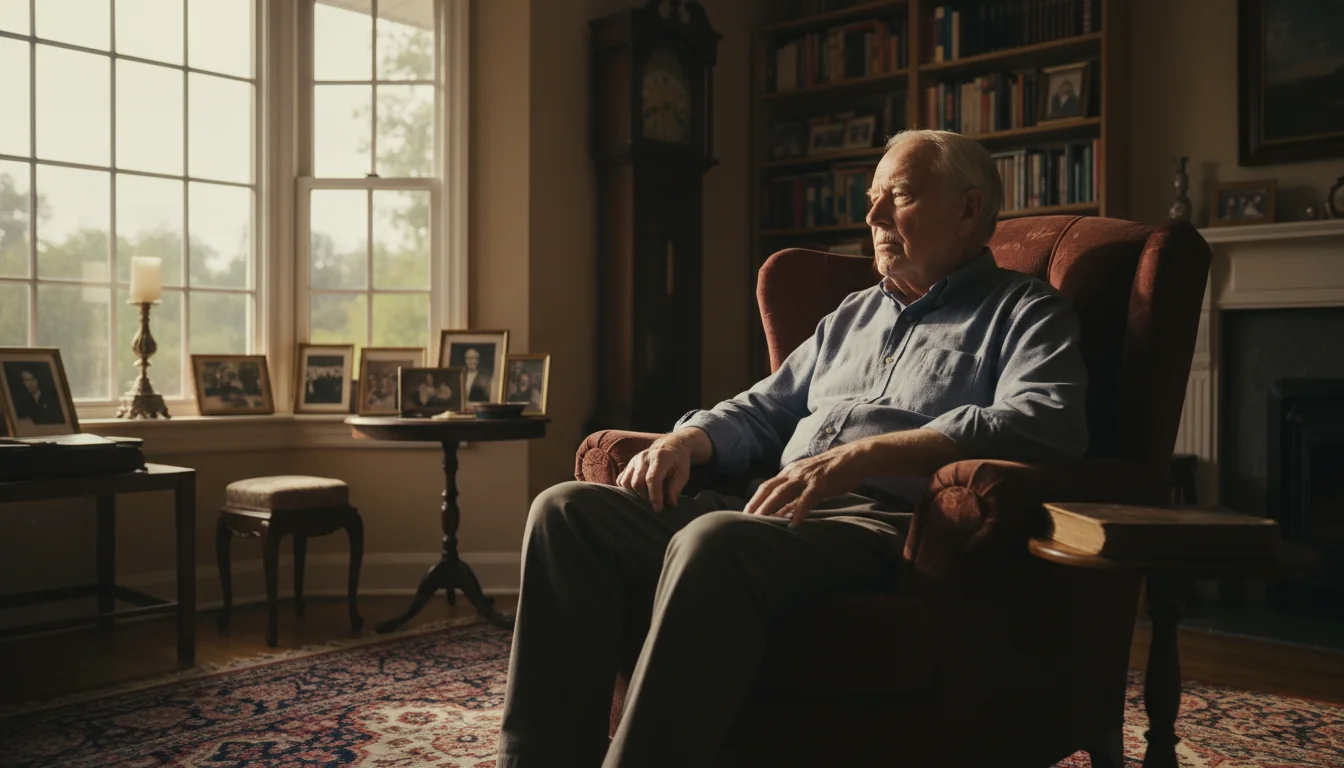
Sign #7: Feeling Worthless, Helpless, or Like a Burden
The ‘Why’: Depression filters your thoughts, making you focus on the negative and dismiss the positive. It can make you feel that you are a burden to your family, that your life no longer has meaning, or that you are worthless. It can also cause you to ruminate on past regrets or mistakes, magnifying them until they feel overwhelming. These are symptoms of the depression; they are not a reflection of reality. This type of thinking is one of the most painful aspects of the illness and a critical reason to seek help.
The ‘How’:
– Challenge the thought gently. When the thought “I am a burden” appears, ask yourself: “Is there any evidence that this isn’t true? Can I think of one time this week someone was happy to see me or talk to me?”
– Practice gratitude. At the end of the day, try to think of one small thing that was okay or even slightly pleasant. The warmth of a cup of coffee. A bird you saw outside your window. This isn’t about ignoring the pain, but about training your brain to also see the small glimmers of good.
– Talk to someone. Sharing these painful feelings with a therapist, counselor, or spiritual advisor is essential. They can provide tools and perspective to help you untangle these harmful thought patterns.
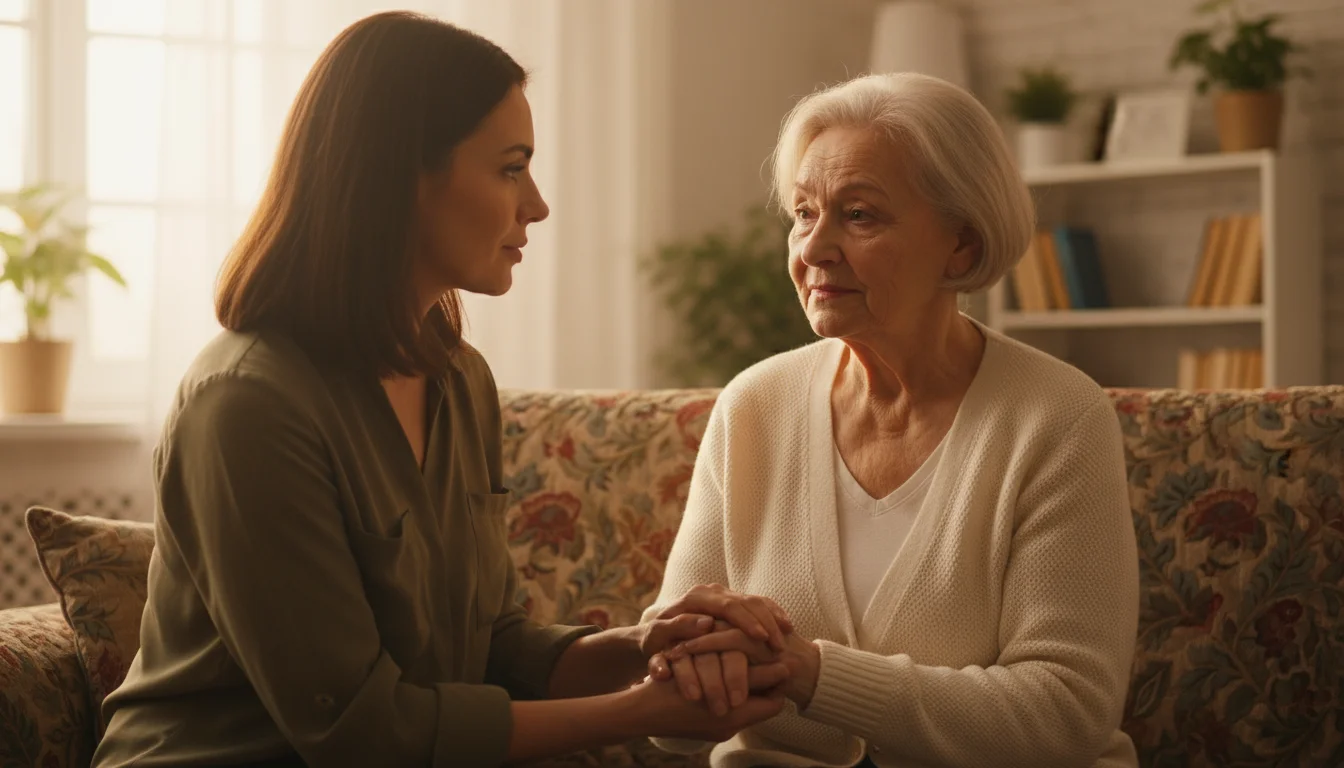
What to Do Next: Taking the First Step
Recognizing these depression signs in seniors is a brave and important act of self-care. Remember, depression is not a personal failing or a sign of weakness. It is a health condition, and just like heart disease or diabetes, it requires and responds to proper care.
If these signs feel familiar, here are your next steps:
1. Talk to Your Doctor: This is the most important step. Your primary care physician is a great place to start. Be honest about both your physical and emotional symptoms. They can screen you for depression and rule out any other medical issues that could be causing your symptoms.
2. Reach Out for Support: Don’t go through this alone. Confide in a trusted family member, a close friend, or a clergy member. Simply saying the words “I think I need some help” can lift a tremendous weight.
3. Consider Professional Help: Therapy and counseling can be incredibly effective. A therapist can provide you with coping strategies and a safe space to talk. Ask your doctor for a referral to a mental health professional who specializes in geriatric care.
4. Be Patient and Kind to Yourself: Recovery is a journey, not a race. There will be good days and bad days. Celebrate small victories and treat yourself with the same compassion you would offer a dear friend.
A friendly reminder: This article is for informational purposes only and is not a substitute for professional medical advice. Always consult with your doctor or a qualified health provider with any questions you may have regarding a medical condition. If you are in crisis or having thoughts of harming yourself, please call or text 988 in the U.S. and Canada to reach the Suicide & Crisis Lifeline. It’s free, confidential, and available 24/7.
For expert guidance on senior health and finance, visit National Institutes of Health (NIH), Centers for Medicare & Medicaid Services (CMS) and Social Security Administration (SSA).
|
Fact-Checked Content
Our editorial team reviews all content for accuracy and updates it regularly. Learn about our editorial process →
|


